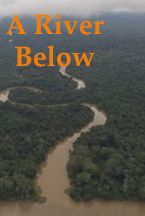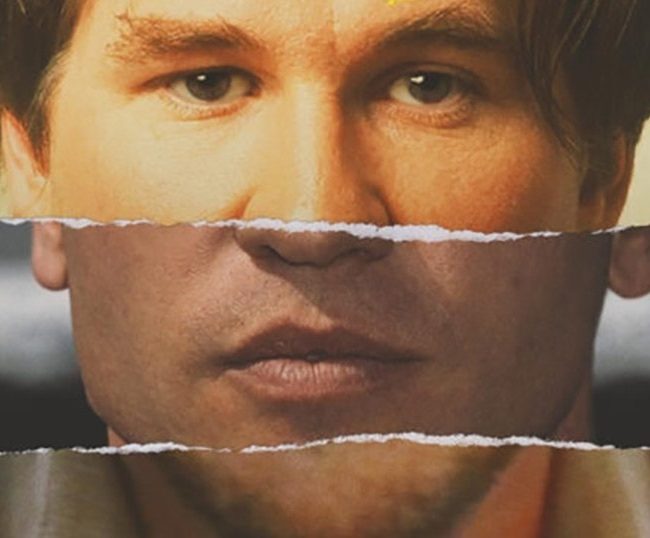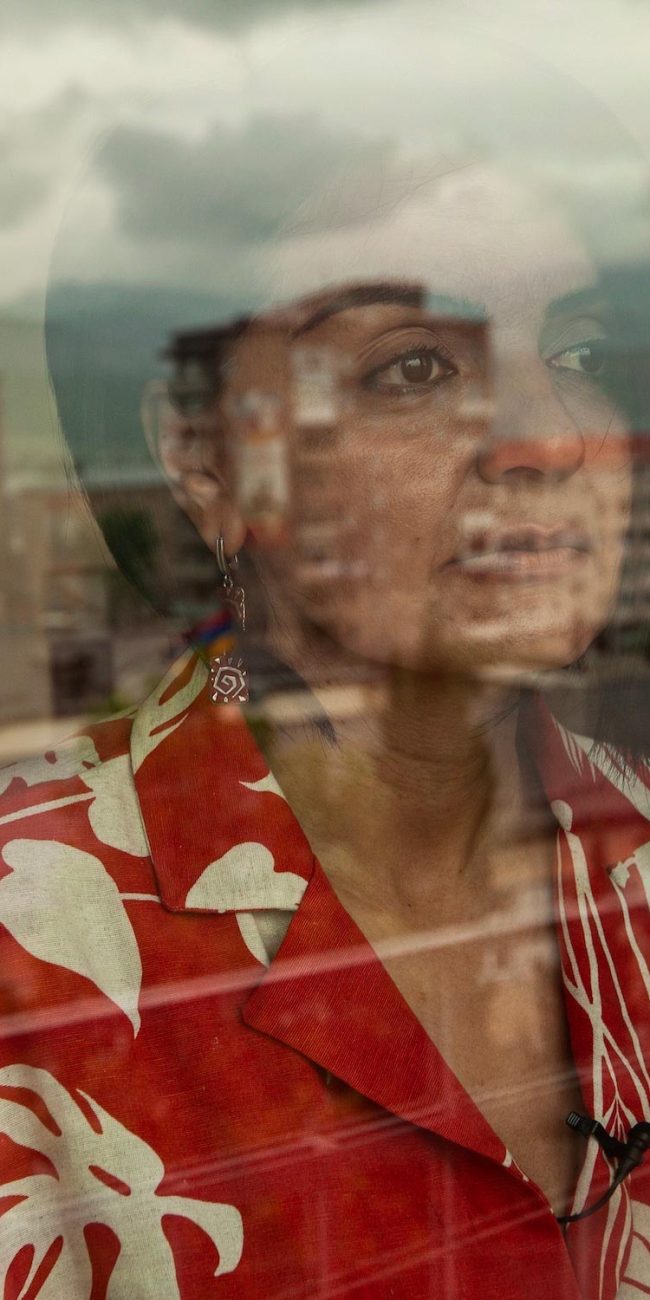A RIVER BELOW

(The 2017 Tribeca Film Festival runs April 19-30. We’ll be having a smattering of reviews throughout the festival so stay tuned to HtN…)
Bearing witness to the torture and/or killing of children and animals is a particularly oppressive task, yet must be done; if not by you, then by someone, for the only way to solve a problem is to acknowledge its existence. Why children and animals, above other beings? They are the ultimate innocents, unable to defend themselves. To add another layer of despair, if the animals in question are endangered, then the perpetrated violence threatens to remove them from our planet forever, which is a double tragedy (children, as of this writing, are not yet endangered). Furthermore, the eradication of an entire breed does not exist as an isolated incident without consequence to other species or to the environment, and so it behooves all of us to sit up and pay attention whenever such a cataclysm approaches, for who know what it portends for our own future.
There must be something in the cinematic air (hopefully not merely the stench of carrion), for I have now watched four films in the past two months that focus, in some way, on humans’ propensity to kill advanced or imperiled (or both) animals. First, at SXSW, I saw Trophy, which profiles the sickening compulsion of certain people to shoot big game in Africa. Next, at the Annapolis Film Festival, I watched The Islands and the Whales, about how the people of the Faroe Islands cannot abandon their whale-hunting tradition, despite international pressure to stop. Both are excellent documentaries, even-handed in their presentation of the arguments on both sides, and each feature disturbing footage of slaughter, though neither as gruesome as The Cove, that heart-breaking 2009 Oscar winner about dolphins killed in Japan. Now comes A River Below, from the Tribeca Film Festival. It’s set on the banks of the Amazon River in both Brazil and Colombia, where the locals harpoon and kill the increasingly endangered pink river dolphin, mostly to use as bait to capture scavenger fish. Stay tuned, for soon I’ll have another review, of The Last Animals (also at Tribeca) a film with a title that spells out its dramatic stakes as simply and starkly as possible.
In The River Below, we focus primarily on two protagonists, both marine biologists, one of whom is a Brazilian television star. Richard Rasmussen commands an audience of over 20 million viewers for his show on National Geographic Brasil, and uses that power to draw attention to the plight of many threatened species, as well as to climate change and other environmental issues. Fernando Trujillo is less well-known, but though his Colombian Fundación Omacha works to save the river dolphin, despite the incredible odds against him. Through tests, Trujillo has discovered the additional concern that the fish and dolphins in the Amazon contain higher levels of mercury than are safe for human consumption. We follow each as both men work, separately, to raise awareness of the dangers of over-fishing and pollution, before the Amazon river dolphin (the largest fresh-water dolphin in the world) is gone for good.
There are no simple solutions, however, and one of the truly fascinating aspects of this unsettling movie is how truths that we take to be self-evident soon become anything but. The movie opens with the killing of a dolphin, captured on camera, and that event becomes the centerpiece of a mystery: who filmed it, and for what purpose? As Brazil finally acts to stop the slaughter of its dolphins, lost in the fallout are the local fishermen, who find themselves on the defensive and unable to work or feed their families. This highlights the major problems when elites make decisions that leave the poor and disenfranchised without the means to survive: what most often results, as we saw in Trophy, is an increase in poaching, which pushes the problem below the surface and makes it harder to solve. As director Mark Grieco (Marmato) and his crew pursue their story, they find themselves in a near confrontation with one of their subjects, who objects to how he is being portrayed. They argue, but continue working together. Perhaps, if humanity and those who share the planet with us are to survive, this willingness to cooperate, even through difficulties, is the only way forward. Let’s hope; otherwise, we are all doomed.
– Christopher Llewellyn Reed (@ChrisReedFilm)











